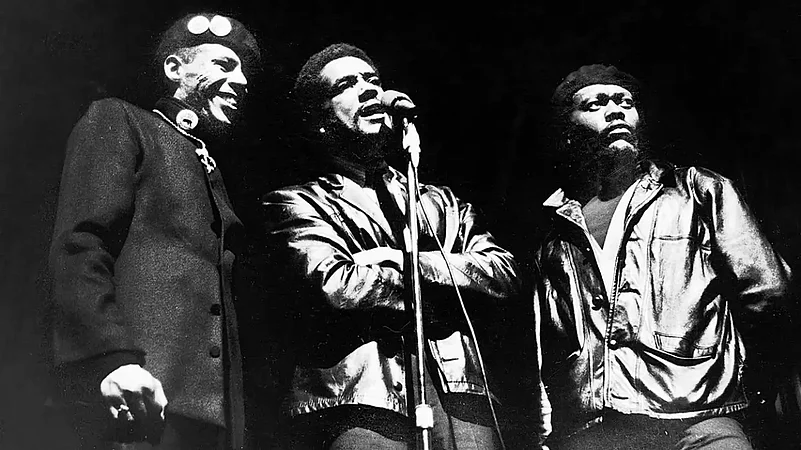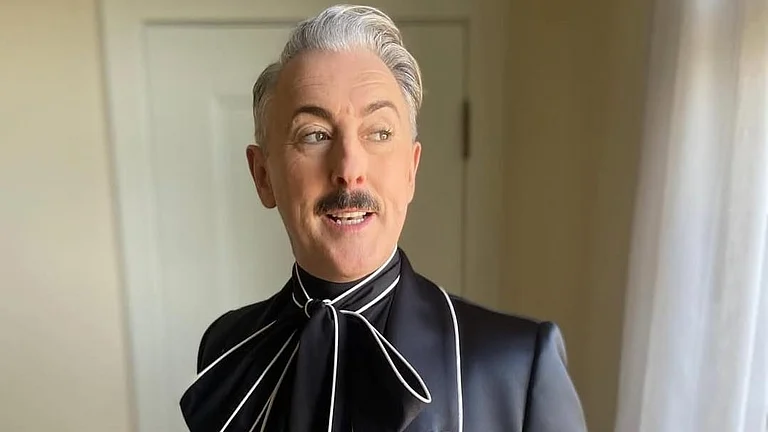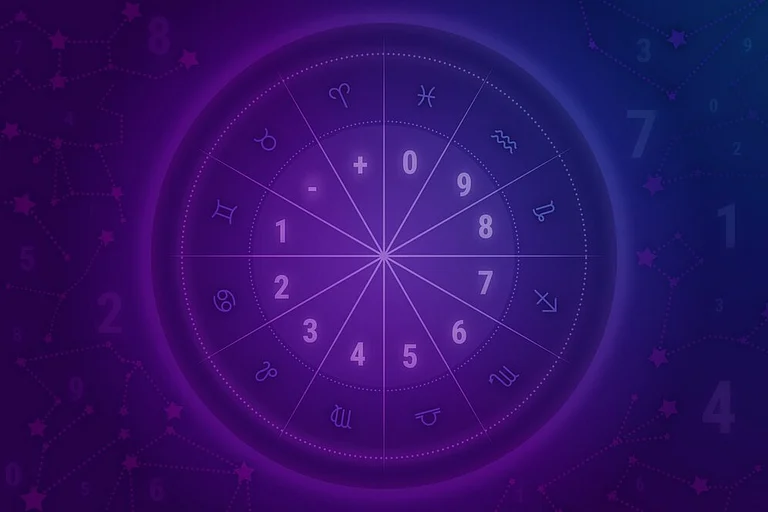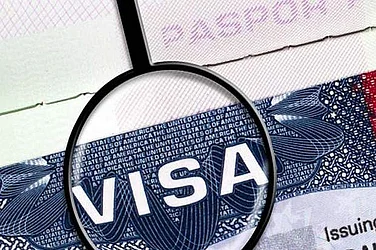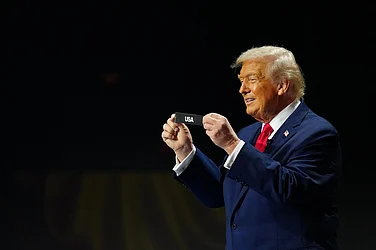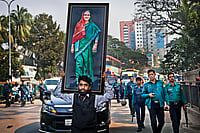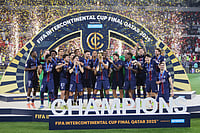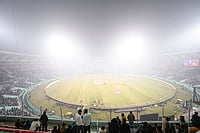“You cannot fight racism with racism. You have to fight it with solidarity”
—Bobby Seale, co-founder, Black Panther Party
The Black Panther political movement of 1966 grew out of the disillusionment of young Black Americans with the older generation’s decade-old civil rights movement that focused on non-violent protest against racial injustice. The issue at that time was segregation, but the youth believed that the movement did not go far enough and did not adequately reflect the poverty and powerlessness of the community in a system that was stacked against them.
While acknowledging the contribution of the legendary Martin Luther King, the youth felt that more had to be done to counter police brutality against Blacks. What started as a local outfit to protect Black localities in Oakland later became an anti-imperialist Marxist-Leninist force that was influenced by the slogan that power comes from the barrel of a gun. The Black Panthers inspired several movements fighting for their rights across the world, including the Dalit Panthers in India.
Huey Newton and Bobby Seale—two young law students of Merritt Junior College—joined forces and founded the Black Panther Party for Self-Defence (as it was originally called) on October 15, 1966 in West Oakland, California. They met in the campus in 1962, and like most university students, were acutely aware of the injustice done to Blacks. They joined the Afro-American association, where they read about anti-imperialists movements across the world, discussed Black history and debated the civil rights movement.
Many African American youths were admirers of Malcolm X, and believed in his militant approach to Black rights. Newton and Seal were also active in youth service programmes of the university and realised the importance of economic empowerment and education to take on the establishment.
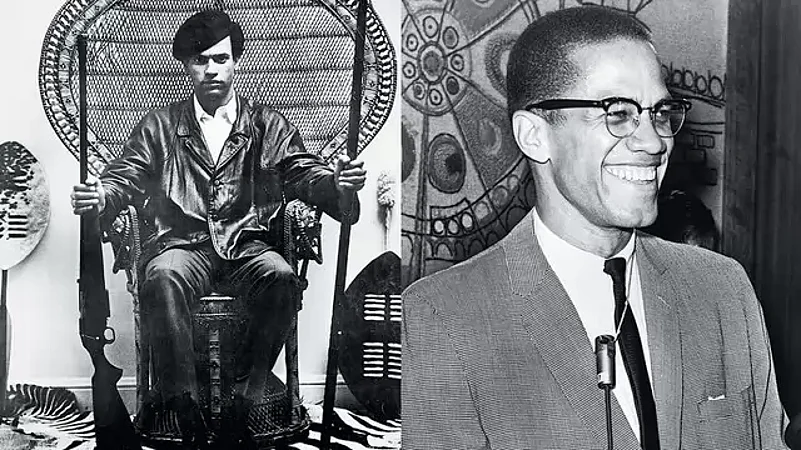
Seale’s political activism began after hearing a talk by Malcolm X in 1962. When he and Newton started the Black Panther Party, “freedom by any means necessary”, a Malcolm X slogan, was adopted by the party. But the initial years were devoted to opposing police brutality. According to some historians, the catalyst was the shooting of an unarmed 16-year-old Black American Matthew Johnson by the San Francisco police in 1966 which led the two young men to form a party aimed at protecting Black teenagers from police atrocities, a common occurrence then, as it is now. In order to monitor the police, the Black Panthers sent out legally armed teams to observe police activities in Black neighbourhoods.
“We believe we can end police brutality in our Black community by organising Black self-defense groups that are dedicated to defending our Black community from racist police oppression and brutality. The Second Amendment to the Constitution of the United States gives the right to bear arms. We, therefore, believe that all Black people should arm themselves for self-defense,” the Black Panther Party declared.
Aware of poverty in Black neighbourhoods, the Panthers organised “community survival programmes” that included school breakfasts in poor areas, legal aid, tuberculosis testing, transportation assistance, ambulance service and distribution of free shoes to the poor. There were 35 such Survival Programmes in each place where the party had an organisation.
It is ironic that the Black Panther Party made a splash across America when they marched to the California state legislature in Sacramento, to protest a gun control legislation that was being introduced. Dramatic pictures of gun-toting young men, dressed in black, led by Seale, were splashed in newspapers and television channels across the US. The Panthers believed that they had the right to bear arms in self-defence. They felt the legislation was introduced to suppress Black rights to bear arms. The party had already set up armed volunteers to monitor policing in Black neighbourhoods in the Oakland area. As Seale puts it: “The guns were there to help capture the imagination of the people. But more important, since we knew that you couldn’t observe the police without guns, we took our guns with us to let the police know that we have an equaliser.”
This was a year after the organisation was formed. Sometime later, Newton was arrested for involvement in a shoot-out with the police. An officer was killed in the process. Both these events catapulted the Black Panthers to national prominence and turned them from a local group function in the Oakland region of California to a movement with branches in cities like San Francisco, New York, Philadelphia, Chicago, Los Angeles and Seattle. At its height, the Black Panthers had 48 chapters across North America as well as branches overseas in the UK, Japan, China, Sweden, France, Mozambique and South Africa.
Political Message
While launching the Black Panther Party, Seale and Newton released a 10-point programme—freedom and power to determine the destiny of the black community, employment, end to the robbery by capitalists, decent housing, education, exemption from military service, an immediate end to police brutality and murder of black people, prison reforms and freedom for all black men held in prisons, the trial of black people by a jury from black communities, and land, bread, clothing, justice and peace.
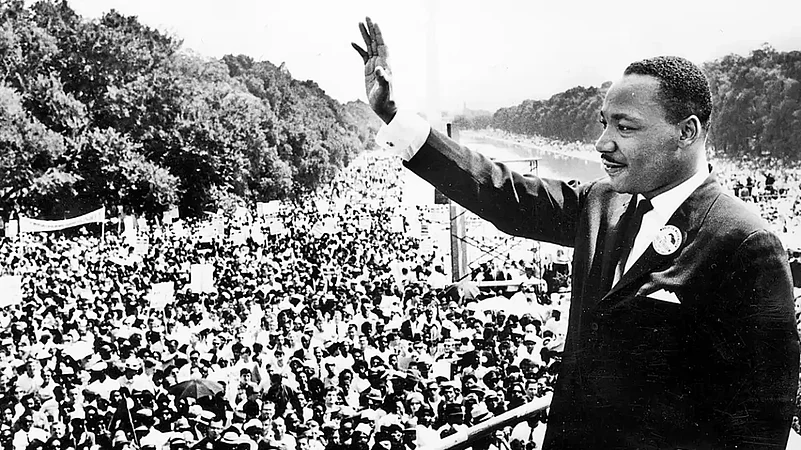
The Black Panthers were also touched by the prevailing anti-imperialist movement and were critical of the government’s virulently anti-Communist foreign policy. Women held important positions in the Black Panther Party, but there was resentment among many male members for the importance given to them.
The Cold War between the US and the former Soviet Union was in full play in the sixties and the Federal Bureau of Investigation (FBI) found Reds behind every bush. Director J Edgar Hoover of the FBI said in 1968 that the Black Panthers were “the greatest threat to the internal security of the country.”
The dirty tricks department of the FBI devised a strategy to discredit the leaders, sow discord among members, infiltrate the group and dub the entire movement as anti-national and militarist. By August 1967, the counterintelligence programme was in place to combat them. The national press also picked up the narrative fed by the FBI. The FBI did not differentiate between Soviet spies and suspected Communists in Black nationalist movements. It succeeded in its efforts as egos clashed, various leaders pulled in different directions, and the end came with the dissolution of the party in 1982.
Relevance Today?
The party may have been dissolved but many of the original ideas remained or resurfaced in different forms. But the core principles on which the movement was launched—that is, to fight for dignity, justice and empowerment of the Blacks— remain in the current movements.
Emphasis on Black pride and Black nationalism are inherent in today’s movements. “White America has seen to it that Black history has been suppressed in schools and in American history books. The bravery of hundreds of our ancestors who took part in slave rebellions has been lost in the mists of time since plantation owners did their best to prevent any written accounts of uprisings,’’ Newton once said.
Black Lives Matter is a modern-day variation of the Panthers’ demand that police action have to be monitored and moderated. It was the Black Panthers who first held their fists in the air to signify Black Power. Today’s athletes taking the knee are also inspired by the Black Panther Party of the sixties.
(This appeared in the print as 'The Battles Goes on')







